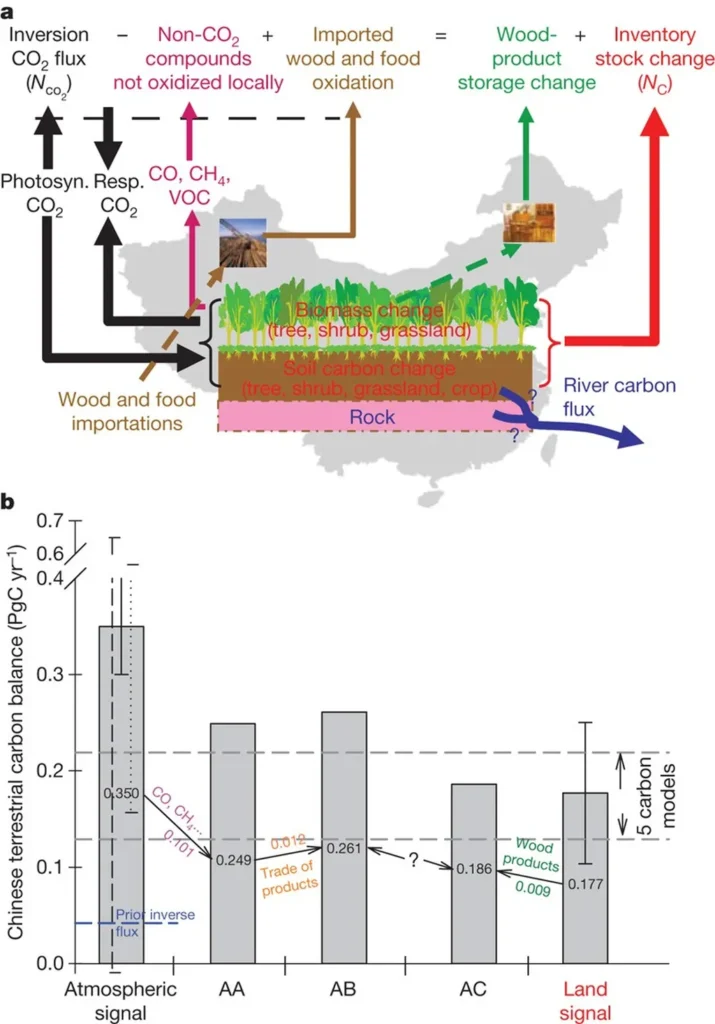In the heart of China’s Saihanba region, a delicate dance between ecological restoration and economic development is unfolding, and new research is shedding light on how to optimize this balance for the future. The study, published in *Ecosystem Health and Sustainability*, focuses on the world’s largest plantation, where land-use changes are significantly impacting carbon sequestration services (CSSs). Led by Chong Liu from the College of Forestry at Hebei Agricultural University, the research offers a roadmap for enhancing ecological resilience and improving CSS in ecologically fragile regions.
The Saihanba region, known for its vast plantations, faces substantial pressures from urban expansion and economic development. The research team utilized advanced modeling techniques, including CA-Markov and Bayesian belief network (BBN) models, to predict changes in CSS capacity from 2002 to 2035 under three different scenarios: ecological protection (EP), economic development, and a balanced approach. The findings reveal that forest land is the cornerstone of high CSS capacity, accounting for 96.4% of high-capacity areas. “Forest land is crucial for maintaining high carbon sequestration services,” Liu explained. “Our models show that urban expansion, while necessary for economic growth, has a suppressive effect on CSS capacity and introduces significant uncertainty.”
The study’s innovative approach combines predictive modeling with spatial prioritization frameworks, offering a nuanced understanding of how different land-use changes impact carbon sequestration. Under the ecological protection scenario, CSS capacity is projected to reach 11.47 million tons by 2035, highlighting the potential benefits of prioritizing ecological restoration. In contrast, scenarios focused on economic development show a decline in CSS capacity, underscoring the need for a balanced approach.
Spatially, the research identifies priority intervention zones in the western and southwestern areas, where targeted efforts can enhance CSS capacity. Meanwhile, ecological protection zones are delineated in the northern, central, eastern, and southeastern areas to maintain and improve existing CSS. “Our findings provide a spatially explicit guide for optimizing land-use management,” Liu noted. “This can help policymakers and stakeholders make informed decisions that balance ecological resilience with economic development.”
For the agriculture sector, the implications are significant. The research underscores the importance of sustainable land-use practices that prioritize ecological health while supporting economic activities. By integrating predictive modeling with spatial prioritization, the study offers a framework that can be applied to other ecologically fragile regions, helping to optimize carbon sequestration and enhance ecological resilience.
As the world grapples with the challenges of climate change and environmental degradation, research like this provides valuable insights into how we can better manage our land resources. The study’s innovative approach and detailed findings offer a blueprint for future developments in the field, shaping policies and practices that promote sustainable land-use management and ecological resilience.

